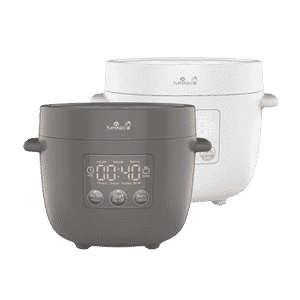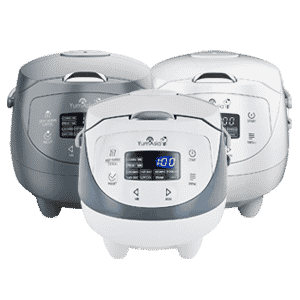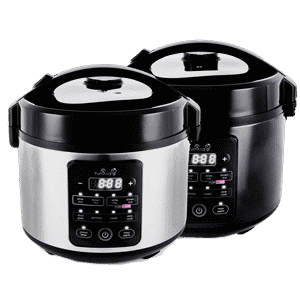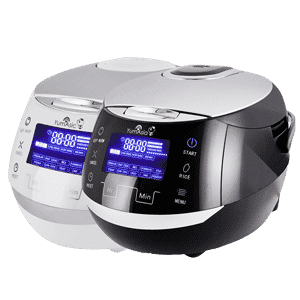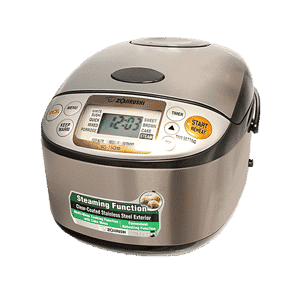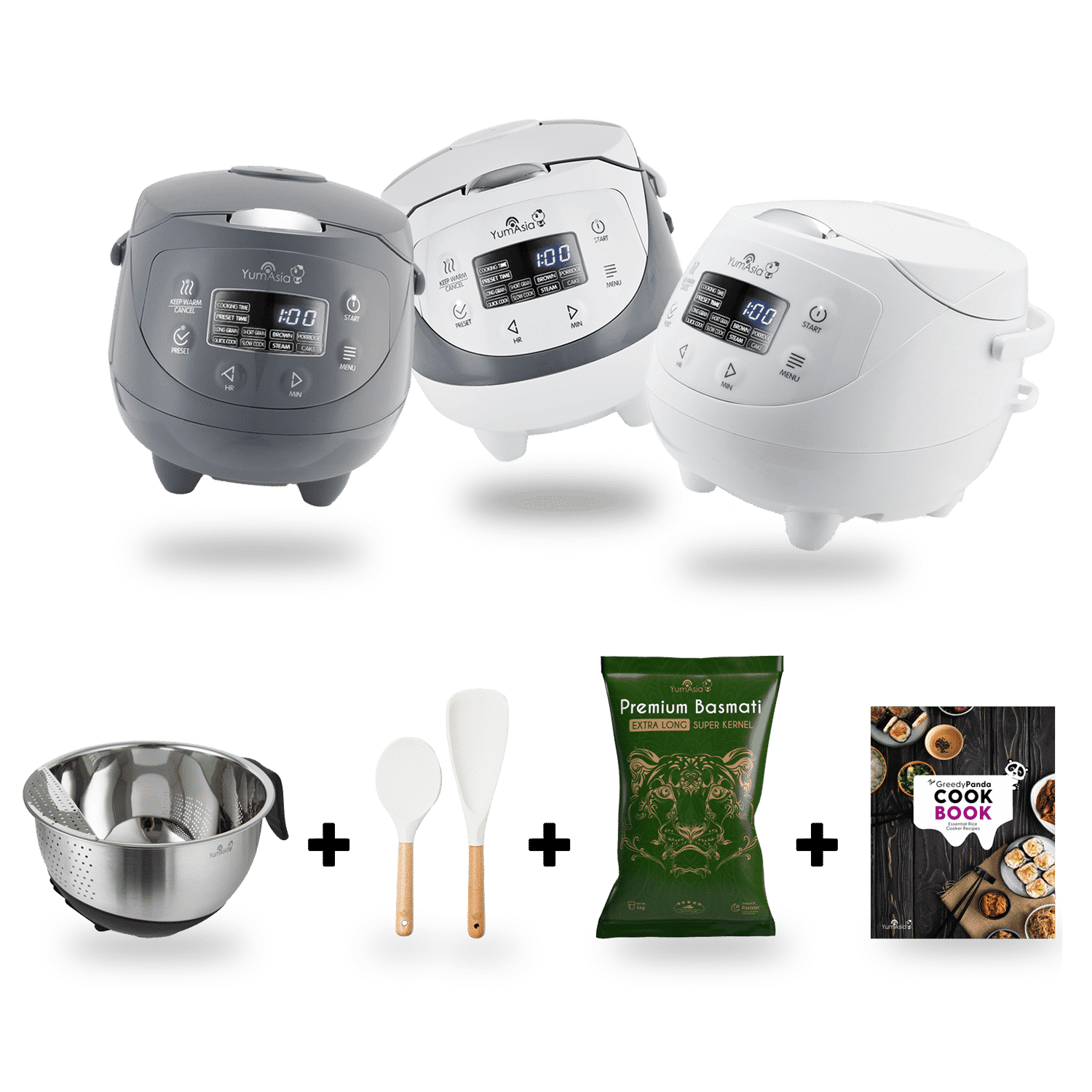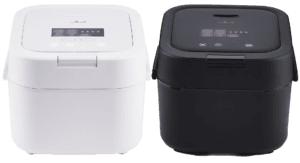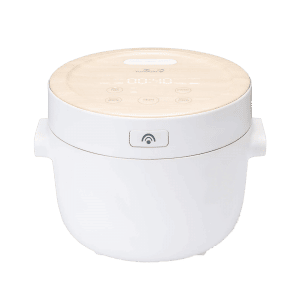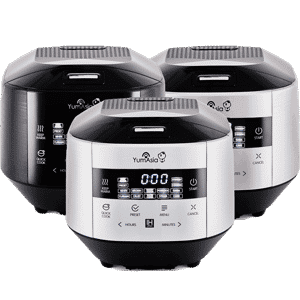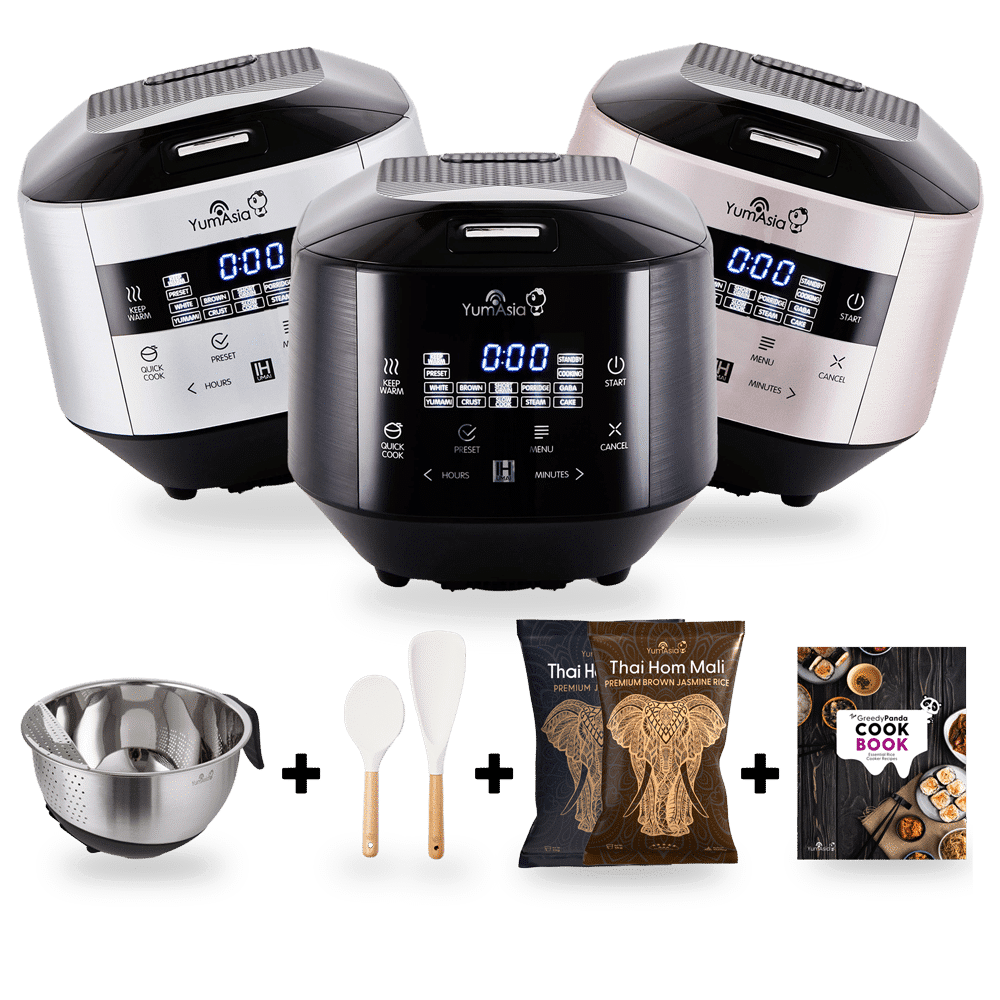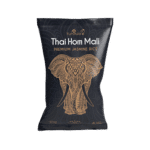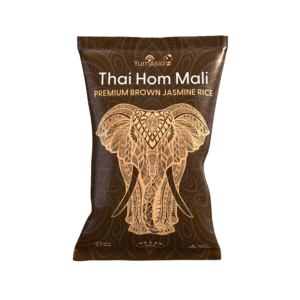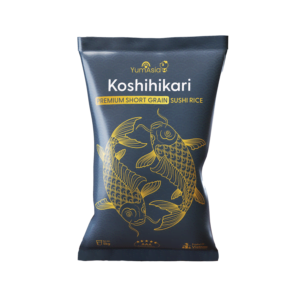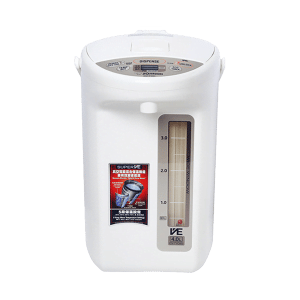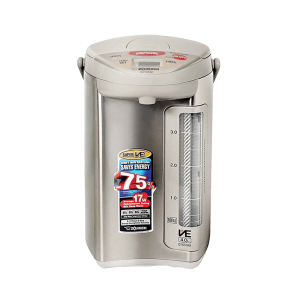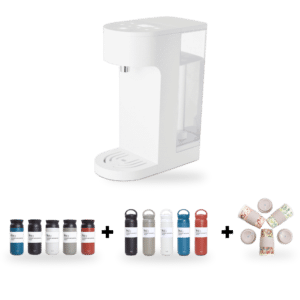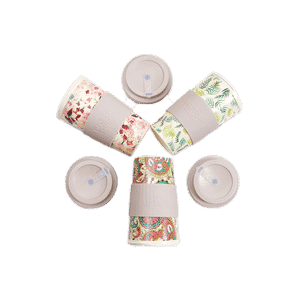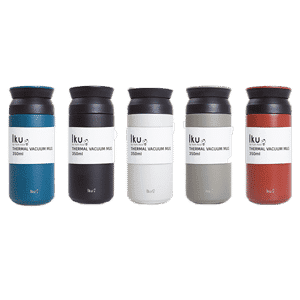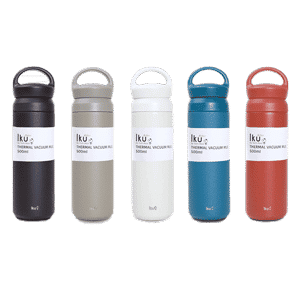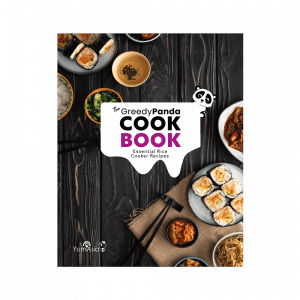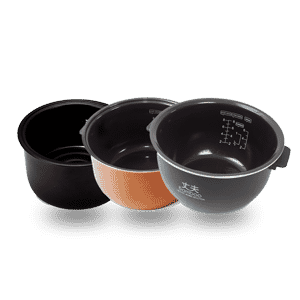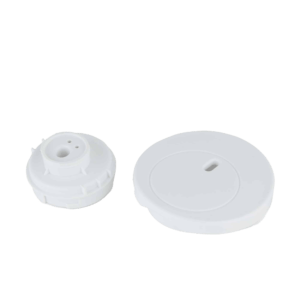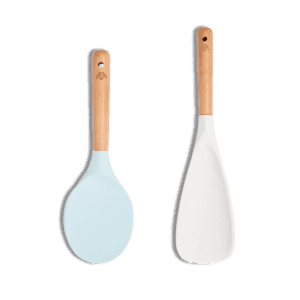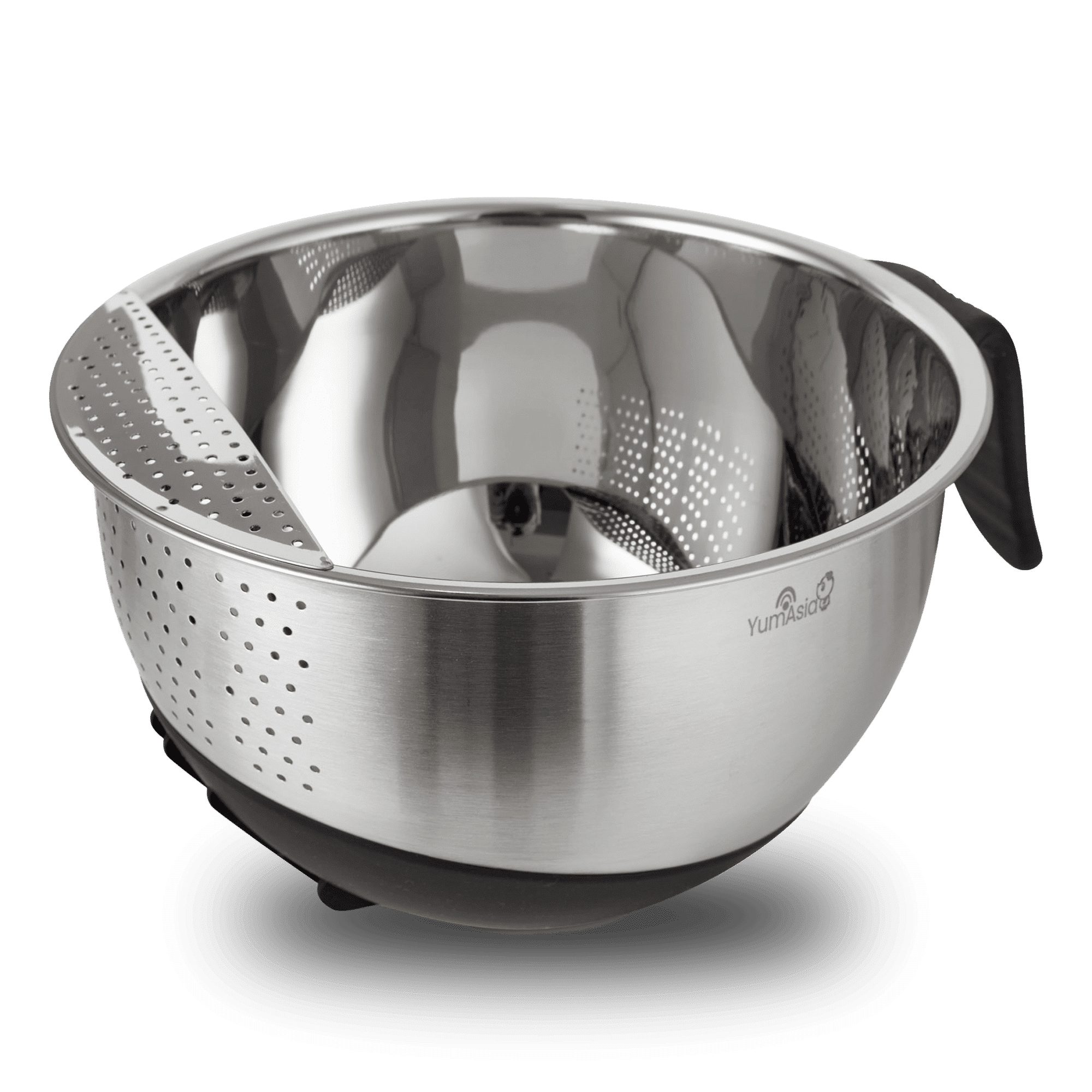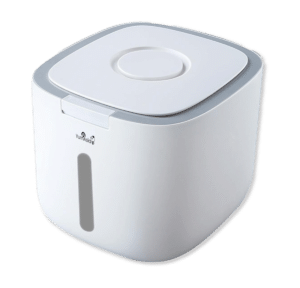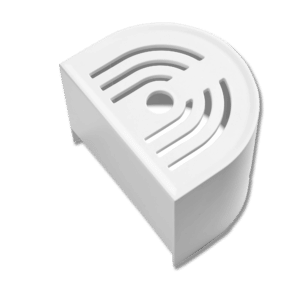The Inner Bowls Of Rice Cookers The Most Important Part?
A rice cooker is only as good as the bowl which you are cooking the rice in. You can have all the bells and whistles you can get on your rice cooker but it is of little help if your inner bowl is made of poor quality material.
Rice cookers have all kinds of varieties of bowl materials. You have to consider various factors when considering what makes a good bowl.
These are....
- Thickness
- Coated or non-coated
- Non-stickiness
- Malterial Healthiness
- Ease of use (such as handles and weight)
- Appearance
- Level line markings vs stamped
-

Which Is Best?
What It's Made From Matters
Bowls are often composed of multiple layers to give durability, strength, heat conduction, flexibility or even add flavour to the rice. However, the most important layer of a rice cooker inner bowl is the inner coating. This is the layer which will be in contact with you rice so you want this to be as healthy as possible.
TEFLON LIKE COATINGS
Basic rice cookers often have bowls which are basic thin aluminium with a non-stick coating such as Teflon or similar (or even no coating). Whilst the non-stick coatings are very good at preventing sticking, some people have an issue with the chemicals used in the coating. They can contain BPA, PTFE or PFAS (PFOA and PFOS). Whilst extensive scientific evidence shows that if cared for correctly these chemcals only degrade and become concerning at much higher temperatures than a cooker could ever produce, people still prefer to stay away from such chemicals.
STAINLESS STEEL BOWLS
Then you can have stainless steel inner bowls which are great with regards to reducing any chance of chemical contamination however, hot stainless steel does not play well at all with rice often resulting in a horrible sticky burnt mess that is incredibly difficult to remove (think glue!). Stainless steel is also not very good at conducting heat so cooking takes much longer (for a simple rice cook cycle it can take 90 minutes). Likewise, a solid glass bowl is also another type but rarely used because they easily crack and glass is also a very poor conductor of heat.
PURE CERAMIC
The final type we will discuss here are the natural materials such as pure handmade ceramic materials. These are excellent health wise and for longevity but usually fall down in their ability to absorb heat evenly because of the natural material. Pure fired ceramic is not naturally non-stick either but if finished correctly the food contact layer can be polished to an extent that is resistant to sticking. Sometimes an inert glaze can be placed to help with this issue
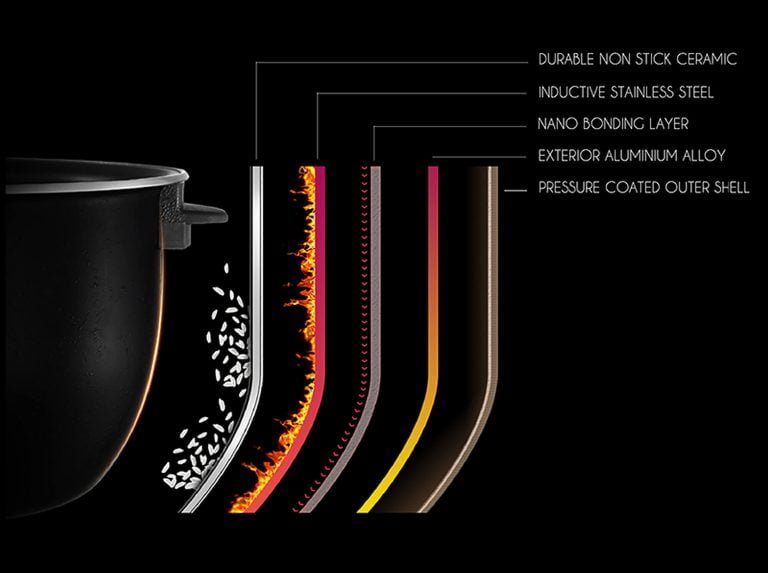
CERAMIC COATED
Other bowls can have ceramic inner coatings which sit on top of other layers. These ceramic coatings use simple inert silica which are nano attached to the sublayers. If applied correctly the ceramic layer is highly durable, very healthy, very easy to clean and a much better alternative to chemical non-stick coatings. The best ceramic coated bowl would have a minimum 2mm ceramic layer bound to a stainless steel structure with an aluminium outer layer for improved heat conduction. This hybrid bowl wall structure is the ideal combination of healthy food contact material, non stickiness, durability, heat conductance and all round best cooking performance
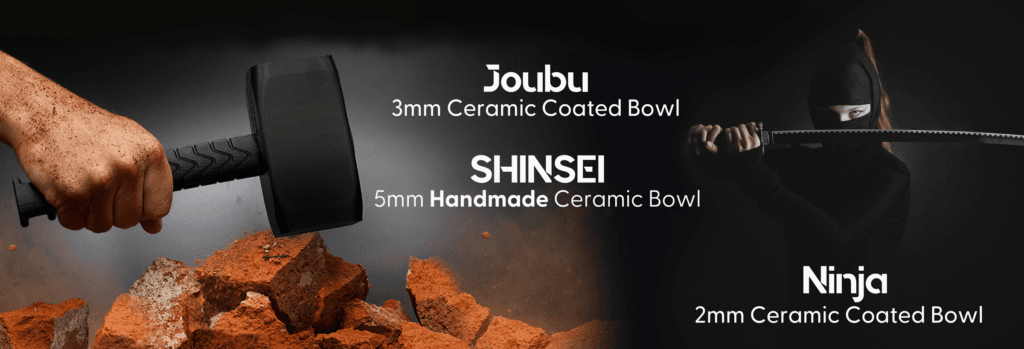
Ninja

- 2mm THICK
- CERAMIC COATED
- SILK PRINTED RICE LEVEL LINES
- STAY COOL CARRY HANDLES
Joubu
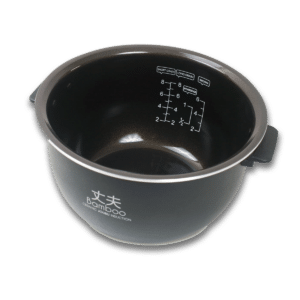
- 3mm THICK
- CERAMIC COATED
- SILK PRINT RICE LEVEL LINES
- STAY COOL CARRY HANDLES
- OPTIMAL IH CONDUCTANCE
SHINSEI
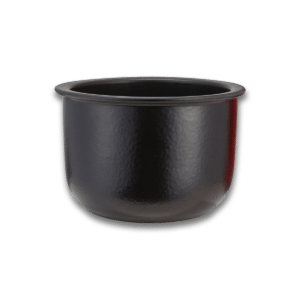
- 5.5mm THICK
- HANDMADE PURE CERAMIC
- SILK PRINT RICE LEVEL LINES
Rice Cooker Bowls Can Be Healthy
Nobody likes chemicals around their food right? So the more stable the rice cooker bowl material is, the better! A trend right now is for food contact surfaces of rice cooker bowls to move towards healthy natural materials such as ceramic, pure carbon, diamond powder or even copper. However, some materials have drawbacks. For example, copper bowls have the same issue as stainless steel bowls with very sticky results.
Pure carbon is extremely expensive to make and are quite fragile and often absorb too much heat to be controlled easily. Which leaves ceramic materials well placed for good healthy rice cooking. Even better is that pure ceramic material bowls can actually move the wavelength of the infrared heat applied to give more controlled manipulation of cooking temperatures. Also the ceramic material porosity and natural insulation properties causes heat and moisture to circulate throughout pot differently. This can enhance the flavour and texture of the rice and be safe/healthy at the same time.
So as you can see, some materials even have the ability to enhance the flavour of rice and allow for other functional uses other than simple basic rice cooking.
Sometimes we get asked if bowl coatings can contain cadmium, lead or any toxic materials. It is simply illegal to sell any food items with such toxic chemicals/elements. Yum Asia rice cooker bowls fully comply with US, UK, EU and other international laws in this regard. Our rice cookers are ETL certified, CE Certified, UKCA certified and also meet all RoHS standards.
Looks Combined With Practicality
If a bowl is made correctly it will simply look great and feel awesome with a good weight and thickness. You could even serve out of it on your dining table so you may want it to look like something your friends would wow at. Some bowls have handles to assist you when lifting the bowl out of the cooker or moving it around.
Aesthetics are important but also the best bowls will have rice measuring level lines. These lines are there to assist you to get the exact quantities of water needed for perfect rice. Basic rice cookers without these level lines means that you will never get accurate water measurements for the type of rice you are cooking. Sometimes the instructions will give you water to rice ratios but this does not correctly take into account the bowl radian (curvature of the bowl) or accomodate for the heating type / fuzzy logic.
The more basic rice cookers may have bowls with just one simple white rice level line or even no markings at all. Moving up to the more advanced bowls you would expect to find level lines for other rice types which require different water amounts such as for brown rice, short grain, porridge etc. How the lines appear and survive the harsh cooking conditions of a well used rice cooker is also important. Are the level lines stamped on the bowl, silk printed on the bowl or a type of transfer? Stamped lines are good and very hard wearing as they are dented into the bowl material itself (usually metal bowls) where as silk print is usually longer lasting than transfer print lines and are easier to read than stamped lines. If the silk print is done correctly and the bowl is taken care of as instructed then the lines will last for many years.
Does It Have Longevity?
If looked after correctly (see below for our bowl maintenace advice) your bowl should last you several years without needing replacing. The more basic the bowl the less time it will last however so it is extremely important to take your time to choose the right rice cooker that has a durable bowl type.
If the food contact inner surface of the bowl is good quality and of sufficient non stick properties or a natural material then at most you should only have to wipe with a damp cloth at the end of cooking rice to refresh your bowl. Also make sure that the underneath of the bowl is wiped dry as any remaining water left can discolour the rice cooker heating element.
The use of dishwashers is not advised for cleaning most bowl types due to the intense and harsh cleaning caused by the dishwasher which also uses chemicals that can pit and damage natural coating. If a manufacturer says their rice cooker bowls can be used in dishwashers then it is highly likely that the material is chemically resistant which would suggest that the bowl has a type of chemical coating itself in it’s protective layers which is not considered healthy.
How To Take Care Of Yum Asia Inner Bowls
Follow our instructions carefully on how to take care of your inner bowl and it will last for many years. Failing to do this may result in the degradation of the ceramic coating or the bowl structure itself.
In the rare instance of a fault with the bowl it will almost always present in the first few months of use.
Ninja Joubu SHINSEI
*Zojirushi bowls have no warranty or guarantees and are Sumiflon (a type of Teflon) based

HAND WASH ONLY
A simple clean with a damp cloth or paper towel after use is all that should be needed. If food is stuck hard / dried to the bowl then soak with water first before cleaning. Never put in a dishwasher, use strong chemicals or abrasive sponges etc to clean.

USE THE CORRECT UTENSILS
Only use utensils that are not abrasive such as silicone, plastic or wood that will not damage the bowl to stir or serve contents. Never use metal utensils. Check for sharp pieces on the utensils you use as they can scratch the bowl and never scrape.

NEVER WASH RICE IN YOUR BOWL
People commonly wash rice in their inner bowls however rice in water then mixed can be incredibly abrasive. Always use a separate washing container such as a rice washing bowl to wash rice (if it needs washing).

